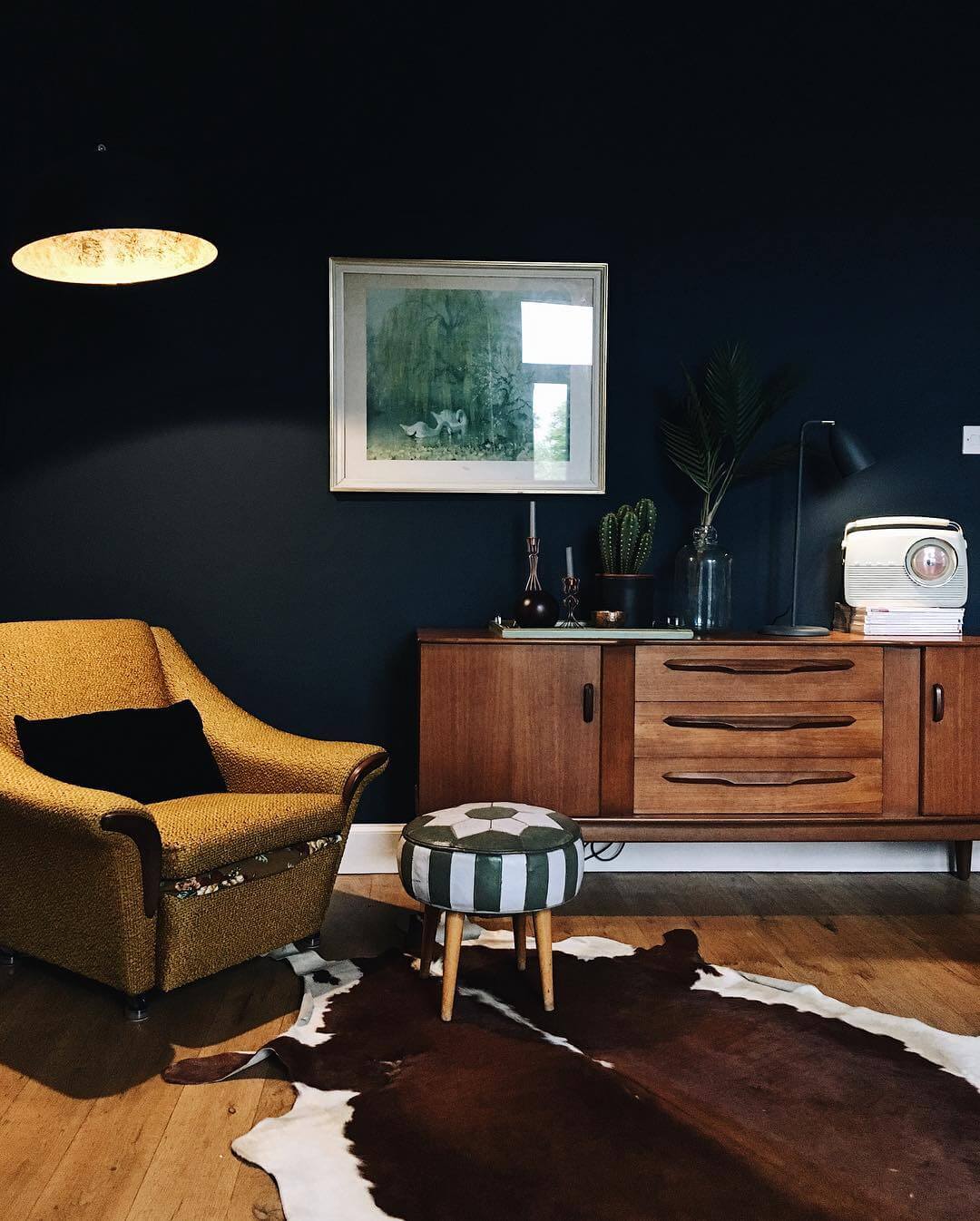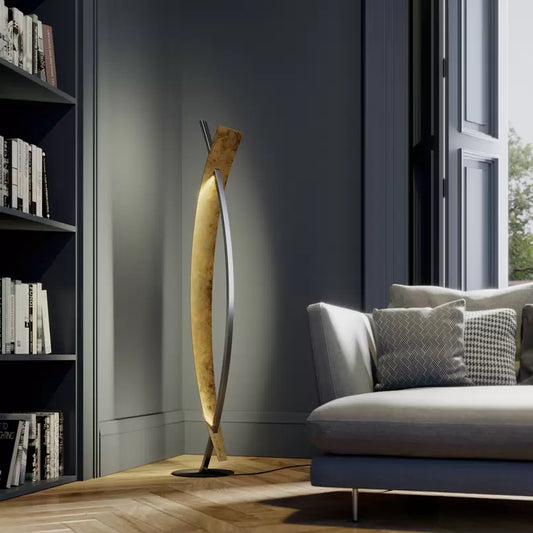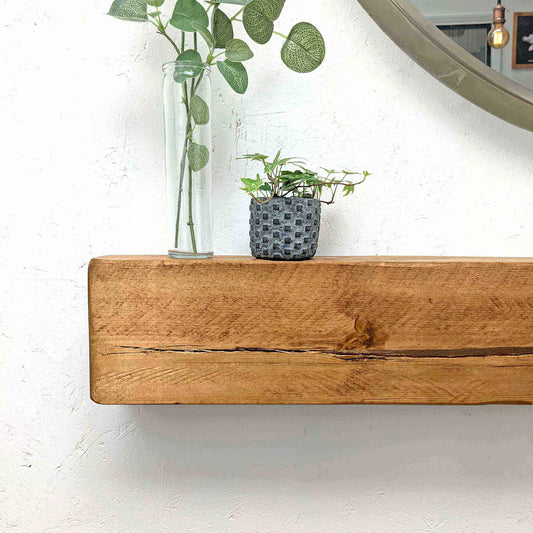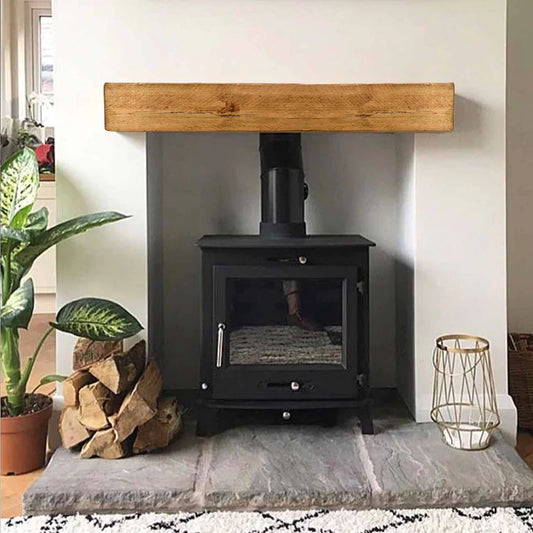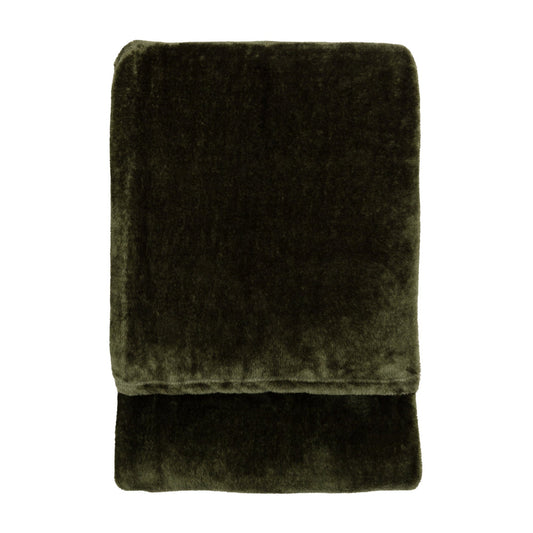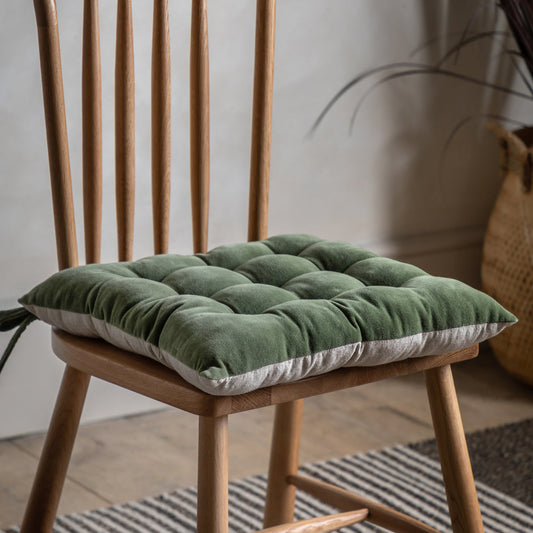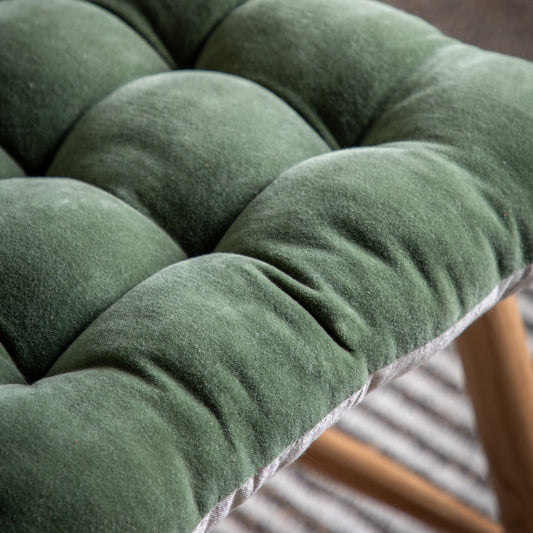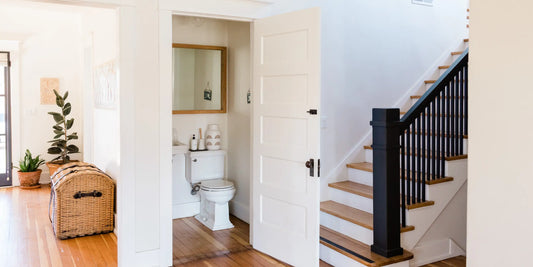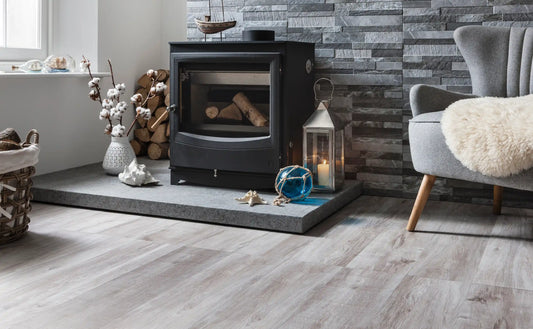Please note: This article may contain affiliate links. All recommendations and styling advice are provided as helpful suggestions only, please always research thoroughly before making any major changes to your home.
Photo credit: With permission from Fiona Cameron via Instagram @around_houses - visit Fiona's blog http://aroundthehouses.com/
Lighting is something that most of us don’t really give much thought to when we’re in a room. And that’s not because we’re lazy amateur interior designers, or because we don’t think it’s important, but more because we only notice it when it’s done badly.
You can probably think of a few examples of bad lighting: those awful overhead lights in supermarkets that make your eyes ache, or the kind that sits in strip lighting above your desk at work. But when lighting is done right, you won’t notice it at all. The room feels pleasant and you can do exactly whatever it is that you intend to do without straining in the dark or squinting under the glare of a bright bulb.
There Are Three 'Types' of Lighting
I'm not the biggest fan of sticking to interior design rules all the time, but for the sake of making things simple, there are three main types of lighting. These are:
- General
- Task
- Accent
General lighting is the kind of lighting that sits in a chandelier or fixture on the ceiling. It illuminates the entire room at once.
Task lighting is the kind of lighting that allows you to carry out a specific task: a table lamp beside an armchair means you can read a book, or downlights under a cabinet in your kitchen allows you to prepare food safely without accidentally cutting yourself.
Accent lighting is the kind of lighting that creates an atmosphere or a mood in a room, drawing attention to the details you want to highlight. It could be a string of fairy lights, a grouping of candles, or an uplight/downlight to illuminate the texture of an exposed brick wall (for example).
Plan Out How You're Going to Use Your Room
When you’re buying lights or deciding where things are going to go, you should give some thought to where you’re going to position lights. Jot your ideas down, and use it as a plan when you’re selecting and buying lighting.
First, pretty much every single room needs an overhead light so you can move around safely. Even if you don’t use it often, make sure you have a ‘general purpose’ light to illuminate the entire area.
Now let’s think about task lighting: if you want a reading nook, you’re going to need to position a light source somewhere close to the furniture you sit on. Illuminate a piece of furniture beside the arm of a chair, for example.
If you want to watch television, you’re going to need to make sure there’s no glare on the screen – which means planning it out so that your task lighting sits far enough away so as not to bounce back off the TV.
And if you’re going to invite friends over for a good catch up, you’re going to want to create a cosy and inviting atmosphere where people feel comfortable. Think about ambient lighting – a floor lamp with a soft bulb that creates a cosy glow in the corner, or a downlight that highlights a beautiful piece of artwork. You definitely don’t want your guests to feel under interrogation with a bright, bare bulb floating above their heads!
Add More Sources of Lighting Than You Think You Need
Queen of the Dark Side' Abigail Ahern recommends that the average sized room needs at least eight lamps in them. This might seem like a lot, but she has a really good point: “…down lights do not create the intimate atmosphere conducive to snuggling and yabbering, entertaining and movie watching – table lamps do”. So, take her advice and go a little bit overboard with the amount of lighting you invest in: worst case you won’t use it all at once (which isn’t all that bad – it’s energy saving!), and best case, you’ll create the perfect atmosphere and make your home feel like a really nice place to be.
Some Final Top Tips
General lighting can be really helpful to zone areas and create interest: especially if you’re using big chandeliers, or beautiful geometric pieces. Don’t be afraid to use big pieces in small rooms: sometimes it’s something quirky that adds the most interest, and a beautiful overhead light in a dining room can really create a focus on the ‘main event’ (dinner) and make mealtimes feel special. Especially if the outer edges of the room are darker.
Install dimmers – having some control over the level of brightness in a room is key to helping you relax, and as a bonus, it’ll also be energy saving too.
Have fun with accent lighting– use it to draw attention to details in your room, such as plants, pieces of furniture, or the shape of an architectural feature. It’s a tried and tested design trick and will make your interior look professionally designed.
Finally, pay to install extra plug sockets if you’re trailing cables everywhere: it’s a little bit of cost and effort upfront, but it’s so much nicer than tripping over wiring.
Pin This for Later


